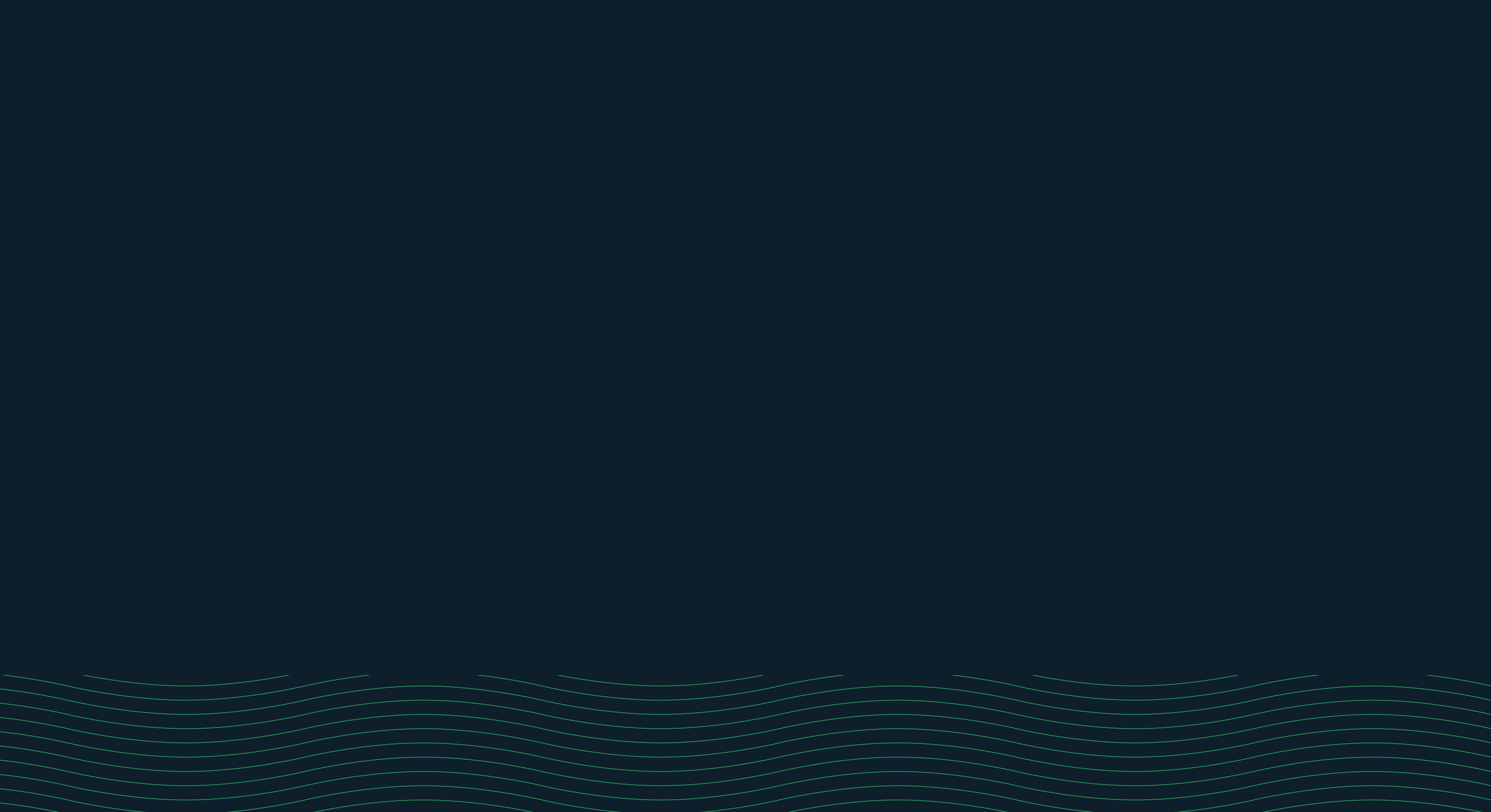
Digital Product Insights: An Interview with Michael Sacca
Brian Anderson recently chatted with Michael Sacca for an episode of the Digital Product Insights podcast. Michael is the cofounder of Rocketship.fm—a product-focused podcast— and the VP of Product at Dribbble.
After trying to make it in the music business, he began his career in software by taking his roommate’s overflow freelance work in coding and design. Living off of freelance work for five years, Michael learned the necessity of product managers having a holistic view of sales, partnerships, and more. Eventually, he joined Crew, working on experimental products, before Crew was acquired by Dribbble.
We hope Michael’s words provide guidance for your own journey with the product mindset.
Let’s work together.
Partner with Augusto to streamline your digital operations, improve scalability, and enhance user experience. Whether you're facing infrastructure challenges or looking to elevate your digital strategy, our team is ready to help.



